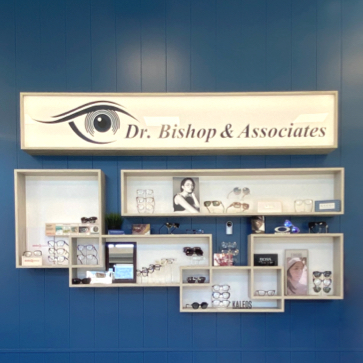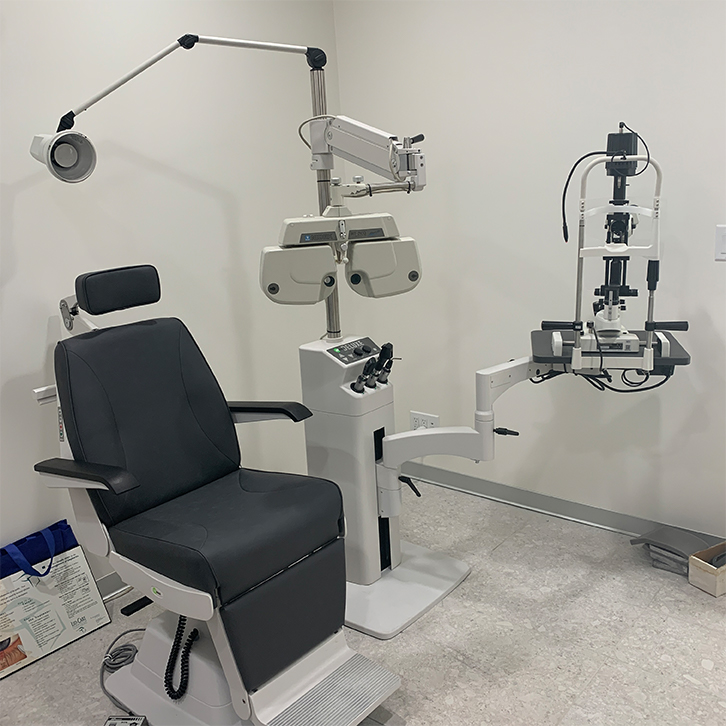The eyes are the sensitive organs that need immense care, attention, and frequent checkups to help them stay healthy. But when our eyes are exposed to dust, pollution, and foreign bodies, they can become infected, leading to discomfort and vision loss.
While there are several kinds of eye infections, some common types include conjunctivitis, keratitis, endophthalmitis, blepharitis, stye, uveitis, and cellulitis. Many eye infractions can be treated using medications or at-home remedies, such as eye drops, pain relievers, and compresses.
If you’re worried you may be experiencing an eye infection, visit your eye doctor so they can diagnose your symptoms and provide the appropriate treatment.
Common Signs of Eye Infection
Knowing the signs of eye infections and seeking medical assistance to prevent further damage is essential. Some of the common signs of eye infections can include:
- Eye discomfort
- Foreign body sensation
- Increased light sensitivity
- Yellow, green, bloody, or watery discharge
- Redness of the eye or eyelids
- A grey or white sore on the iris
- Fever without cause
- Blurred or decreased vision

What Are the Different Types of Eye Infections?
There are several types of eye infections that can affect different parts of the eye, from the eyelids to deep inside. Recognizing the symptoms of an eye infection and knowing how to treat it is crucial to prevent further complications.
1. Conjunctivitis
Conjunctivitis, commonly known as pink eye, is one of the most common eye infections. This infection targets the conjunctiva, a thin layer of tissue covering the white part of the eye and the inside of the eyelids.
Symptoms of conjunctivitis include redness, itching, discharge, and blurred vision. It can be caused by bacteria, viruses, or allergens.
To treat conjunctivitis, your eye doctor may prescribe antibiotics, antiviral medications, or eye drops, depending on the cause. Practicing good hygiene, like washing your hands frequently and avoiding touching your eyes to prevent the infection from spreading.
2. Keratitis
Keratitis is an infection that affects the cornea, the clear tissue covering the front of the eye. It can be caused by bacteria, viruses, fungi, or parasites. Symptoms of keratitis include eye discomfort, sensitivity to light, blurred vision, and discharge.
Keratitis treatment depends on the infection type but often includes prescription eye drops. However, prevention is key for Keratitis, so protect your eyes when swimming or using contact lenses.
3. Endophthalmitis
Endophthalmitis is a rare but serious infection that affects the inside of the eye, usually occurring after surgery or trauma. Symptoms of endophthalmitis include redness, discomfort, blurry vision and floaters.
Treatment for endophthalmitis may include eye drops or injections. Contact your doctor immediately if you experience any of the symptoms above after surgery or trauma.
4. Blepharitis
Blepharitis is an inflammatory condition that affects the eyelids. It is usually caused by bacteria or a skin condition like rosacea. Symptoms of blepharitis include redness, irritation, crusting, and flaking of the eyelids.
Treatment for blepharitis may involve warm compresses, eyelid scrubs, and antibiotics or prescription eye drops. Maintaining good eyelid hygiene can help prevent blepharitis.
5. Stye
A stye is an infection that affects the eyelid. It’s usually caused by staphylococcus bacteria and appears as a red and painful bump on the eyelid. Styes can be very uncomfortable and can sometimes need to be drained.
Your eye doctor may prescribe antibiotics or recommend warm compresses to treat a stye. You should avoid touching or squeezing the stye to prevent it from spreading.
6. Uveitis
Uveitis is an inflammation of the uvea, the eye’s middle layer. It can be caused by infection, injury, or an autoimmune disorder. Symptoms of uveitis include eye discomfort, sensitivity to light, blurry vision, and redness.
Treatment for uveitis may involve prescription eye drops, injections, or oral medication. It’s important to get treatment as soon as possible to prevent it from causing permanent damage to the eye.
7. Cellulitis
Cellulitis is a bacterial infection that affects the skin around the eye. Symptoms of cellulitis include redness, discomfort, swelling, and warmth.
Treatment for cellulitis generally involves antibiotics and warm compresses. However, if the condition worsens, it may require hospitalization and intravenous antibiotics.
At-Home Remedies
For those experiencing mild or moderate eye infections, home remedies can help to provide relief.
- Damp, warm or cool compresses: You can apply a wet cloth or towel on your eyes for a damp compress. For a warm compress, use a clean washcloth soaked in warm water.
- Lubricating eye drops: Lubricating eye drops can help to soothe irritated eyes caused by allergies, minor infections, and dry eyes.
- Over-the-counter (OTC) pain relievers: Non-steroidal anti-inflammatory drugs (NSAIDs), such as ibuprofen, aspirin, or acetaminophen, can help relieve discomfort associated with eye infections.
- Avoiding allergens that cause reactions: Allergens, such as pollen, animal dander, or dust mites, can cause eye infections. Avoiding exposure to allergens can help to minimize the symptoms.

Prompt & Friendly Treatment of Your Eye Infection
Eye infections can affect anyone, but with proper treatment and preventative measures, they can be managed and treated. Recognize the symptoms of an eye infection and report them to your eye doctor immediately.
If you’re unsure what kind of infection is affecting your eyes or how to treat it, schedule an appointment with Dr. Bishop & Associates. Our friendly team can assess your symptoms and recommend a personalized eye infection treatment plan.



















